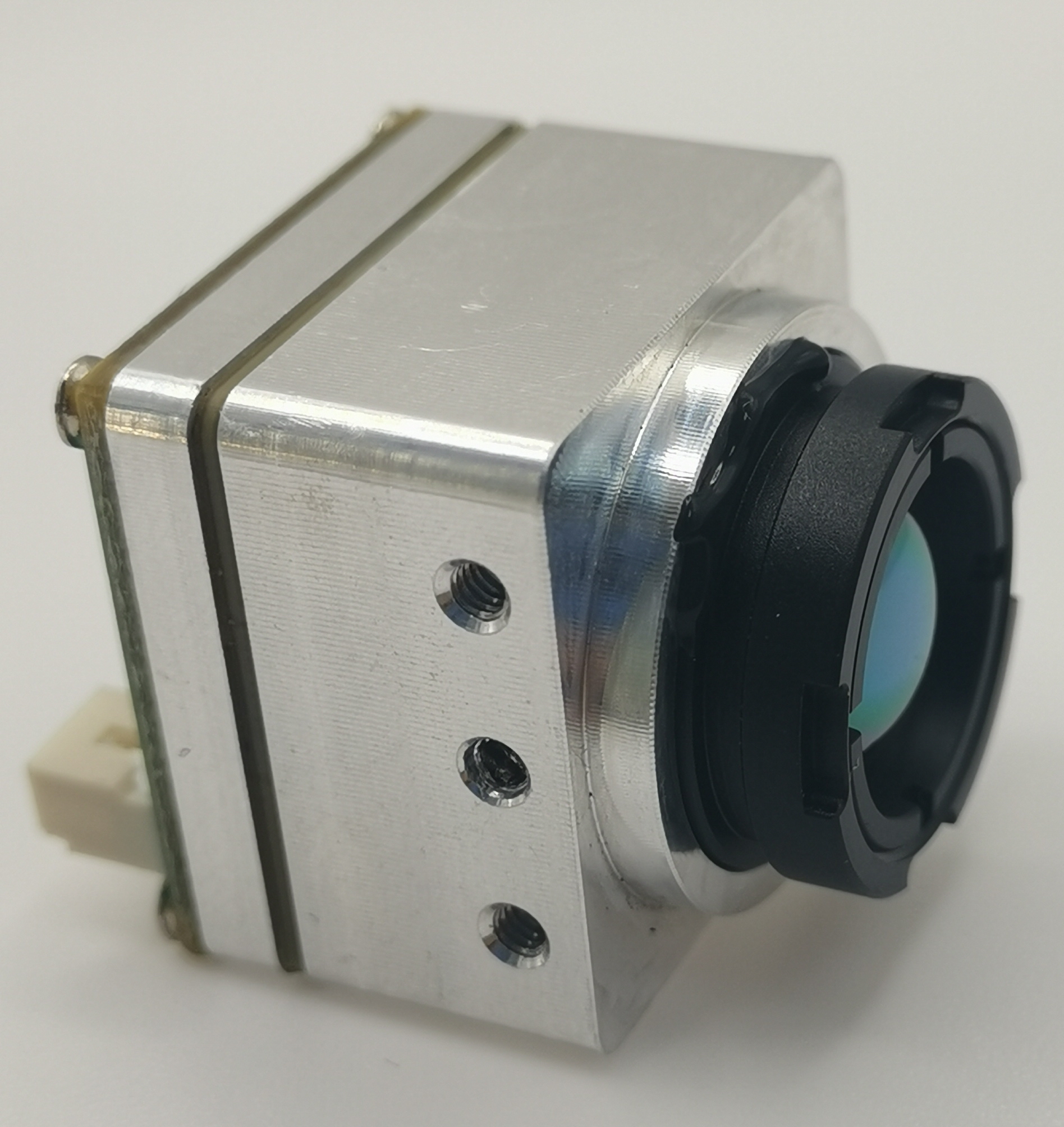The Future of Thermal Imaging Cameras in Field Equipment

The Future of Thermal Imaging Cameras
Thermal imaging cameras are at the forefront of revolutionizing field equipment due to their cutting-edge technology and diverse applications. These advanced devices have the potential to transform various industries, from firefighting and law enforcement to building inspections and medical diagnostics.
Infrared Imaging Expert: Thermal imaging cameras represent a significant leap in technology, offering unparalleled capabilities for enhancing visibility and detecting anomalies in challenging environments.
The versatility and adaptability of thermal imaging cameras make them an indispensable tool for the future of field equipment, promising improved safety, efficiency, and precision across a wide range of applications.
Overview of Thermal Imaging Technology
Advanced Features and Functionality
Thermal imaging cameras are equipped with vanadium oxide non-cooling infrared focus plane detectors, which contribute to high resolution and exceptional image display capabilities. This advanced technology allows for the accurate detection of temperature variations, making it an invaluable tool in various field equipment applications.
The efficient operation of thermal imaging cameras in extreme temperatures further enhances their utility, ensuring reliable performance even in challenging environmental conditions.
Applications in Various Industries
The versatility of thermal imaging technology has led to its widespread adoption across diverse industries. In firefighting, thermal imaging cameras aid in locating individuals in smoke-filled environments and identifying hot spots during rescue operations.
Law enforcement agencies utilize thermal imaging cameras for surveillance, search and rescue missions, and tactical operations. Moreover, the medical field benefits from these cameras by using them for diagnosing medical conditions such as inflammation or circulatory issues.
Additionally, thermal imaging cameras play a crucial role in building inspections by detecting heat loss, moisture intrusion, and electrical anomalies. In the military sector, they are utilized for reconnaissance and surveillance purposes.
By seamlessly integrating advanced features with practical applications across various industries, thermal imaging technology is proving to be an indispensable asset for enhancing operational efficiency and safety.
Comparison with Traditional Cameras
Thermal imaging cameras offer several advantages over traditional cameras, especially when it comes to operating in low visibility conditions. The following points highlight the key advantages and limitations of thermal imaging technology compared to traditional cameras.
Advantages of Thermal Imaging over Traditional Cameras
Superior Performance in Low Visibility Conditions: Thermal imaging cameras excel in environments with low or no light, as they detect the heat emitted by objects rather than relying on visible light. This makes them highly effective for surveillance and field equipment applications in darkness or adverse weather conditions.
Enhanced Detection Capabilities: Unlike traditional cameras, thermal imaging cameras can detect minute temperature differences, making them valuable for various field equipment applications such as identifying overheating components or locating individuals in challenging environments.
Limitations and Considerations
While thermal imaging cameras offer significant advantages, there are certain limitations to consider. For instance, traditional cameras may still be preferred for applications where color recognition or detailed visual identification is necessary. Understanding the strengths and limitations of each type of camera is crucial for making informed decisions about their use.
By weighing the advantages and limitations of both thermal imaging and traditional cameras, professionals can make strategic choices based on the specific requirements of their field equipment applications.
Future Trends and Advancements
Technological Innovations
The future of thermal imaging cameras is poised for remarkable technological advancements. Sensor technology and image processing algorithms are expected to undergo significant enhancements, paving the way for even more precise and detailed thermal imaging capabilities. Integration with artificial intelligence (AI) and machine learning is on the horizon, offering the potential to further augment the functionality of thermal imaging cameras. These developments will enable these advanced devices to provide more sophisticated analyses and insights, thereby expanding their utility across various industries.
Emerging Applications
Anticipated advancements in thermal imaging technology are set to open up new frontiers in applications. One such area is autonomous vehicles, where thermal imaging cameras can contribute to enhanced perception and detection systems, bolstering safety and reliability. Moreover, precision agriculture stands to benefit from the integration of thermal imaging technology, enabling farmers to monitor crop health, optimize irrigation practices, and detect pest infestations with greater efficiency. The continuous evolution of thermal imaging cameras is expected to drive innovation across diverse sectors, unlocking new possibilities for improved operational processes and safety measures.
Evolving Landscape of Thermal Imaging Cameras
The evolving landscape of thermal imaging cameras is reshaping the future of field equipment, ushering in a new era of advanced capabilities and expanding applications. With ongoing technological progress, these innovative devices are poised to play a pivotal role in enhancing operational efficiency and safety across various industries.
Industry Expert: "Thermal imaging cameras represent a significant leap in technology, offering unparalleled capabilities for enhancing visibility and detecting anomalies in challenging environments."
As advancements continue, the integration of thermal imaging cameras into diverse sectors such as autonomous vehicles and precision agriculture is expected to unlock new possibilities for improved operational processes and safety measures.
The continuous evolution of thermal imaging cameras promises to drive innovation, offering enhanced functionalities that will revolutionize the field equipment landscape.
Follow Us
Established in 2006, iSun has been dedicated to delivering a diverse array of cutting-edge products and services. Our offerings encompass an extensive range of Car Electric products, featuring innovative solutions like Carplay, Car MP5, Car Media Player, Car DVD Player, LCD Smart Car Key, Car Rear Cabin Control System, AI Cameras, Car Thermal Camera, Night Vision technology, Thermal Imagers, GPS Tracking Systems, and more. At iSun, we strive to provide our customers with top-notch quality and advanced technology, ensuring an unparalleled automotive experience.
Address
A1-206,Hangcheng Chuangxin Chuangye Park,Hangcheng RD, Bao'an,Shenzhen,China.
Contacts
sales@iasun.cn
WhatsApp/Wechat: +86 135 1042 1923
See Also
Discovering the Uses of Thermal Imaging Cameras in Drone Field Gear
Uncovering the Uses of Thermal Imaging Cameras in Field Gear
The Benefits of Utilizing Thermal Imaging Camera in Drone Field Gear
Investigating the Benefits of Thermal Imaging Cameras in Different Sectors
Contact Us: Ms. Coco Huang
E-mail: sales@iasun.cn
WhatsApp/Wechat: +86 13510421923

